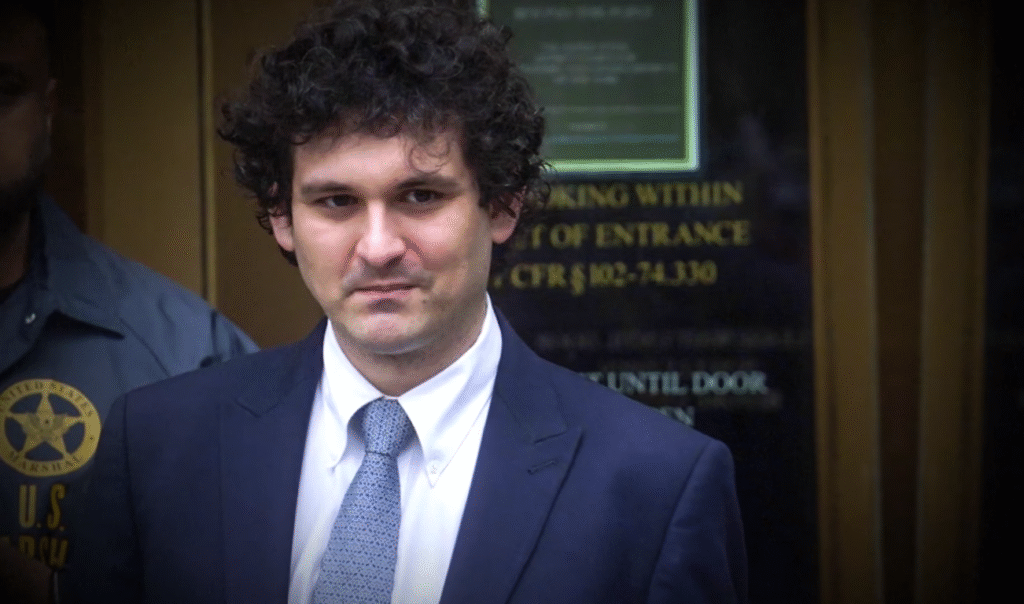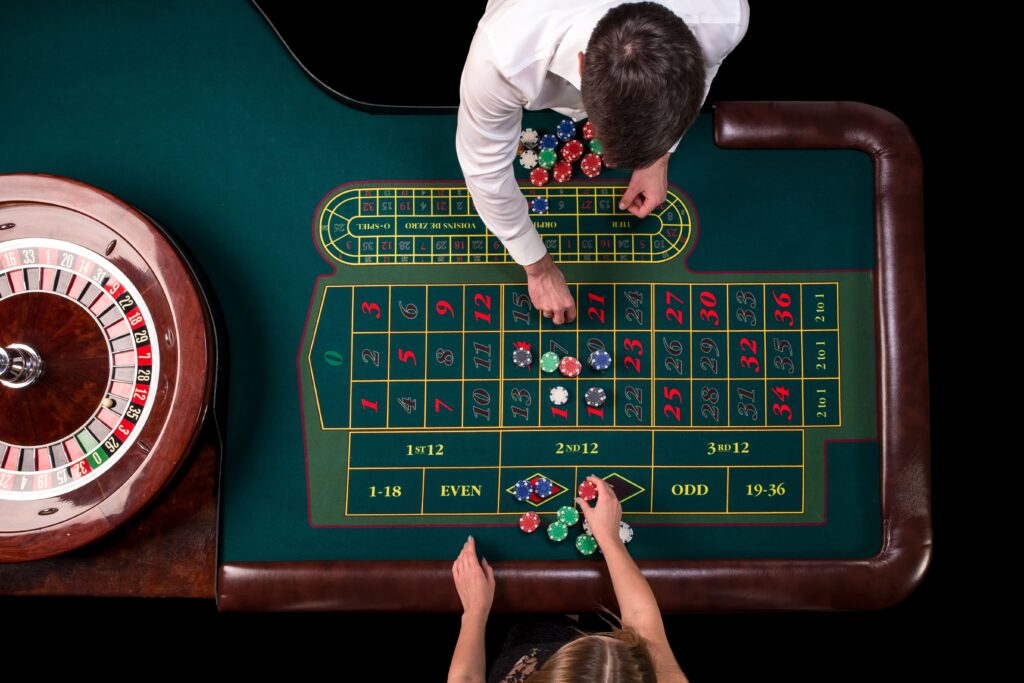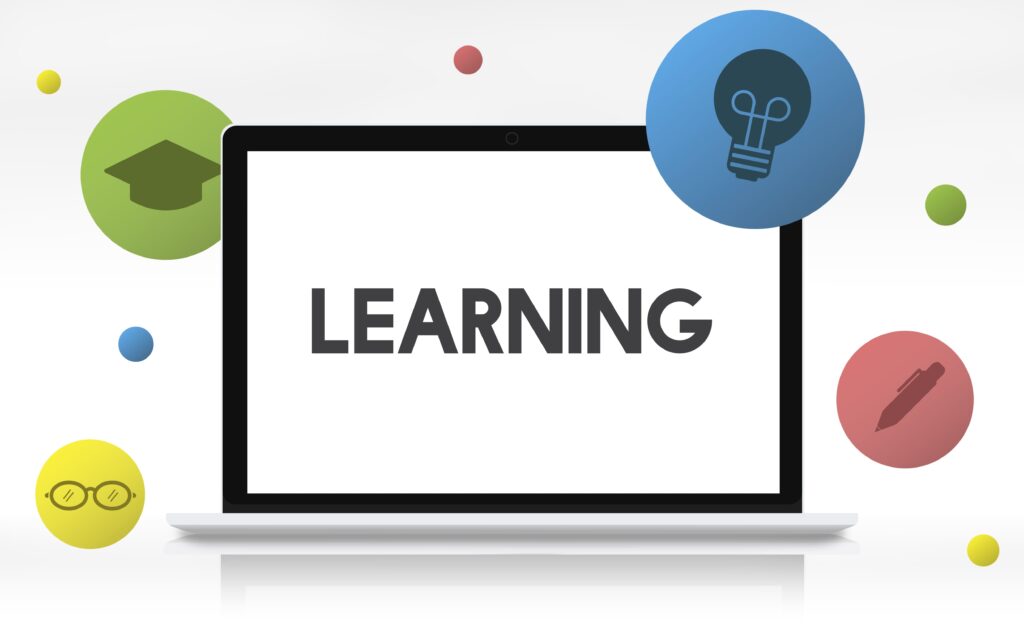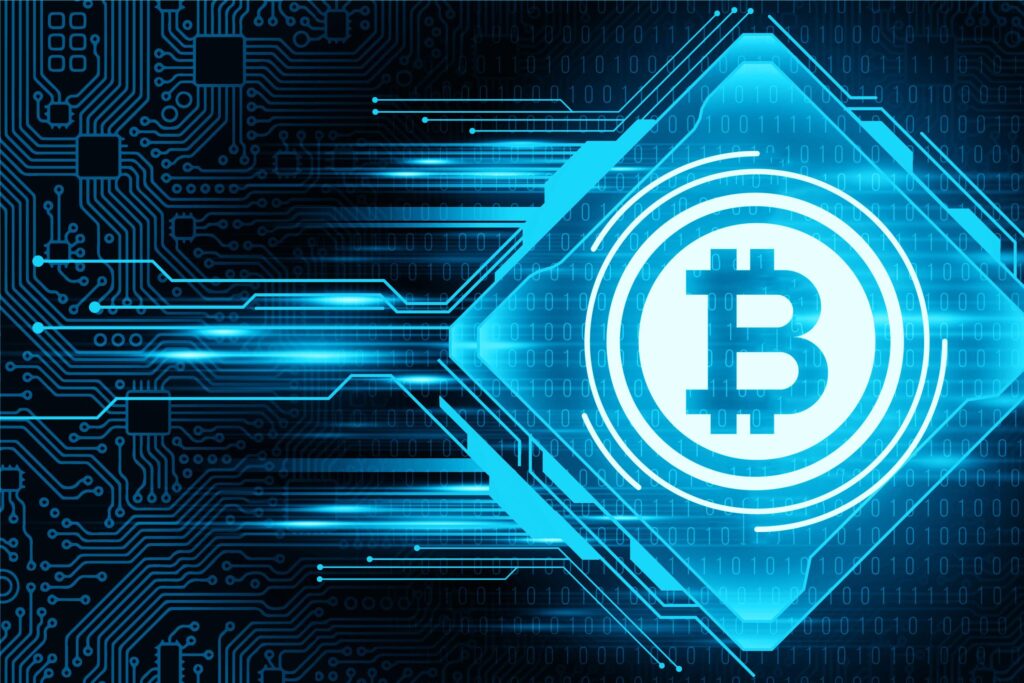Inside the Mind of Sam Bankman-Fried: Genius, Gambler, or Grifter?

Introduction: A Billion-Dollar Question
If there’s one name that will forever be etched into the rise and fall of crypto’s Wild West era, it’s Sam Bankman-Fried, or as the world came to know him, SBF. A quirky, disheveled 20-something who shot from anonymity to billionaire status, SBF wasn’t just any crypto founder — he was the crypto wunderkind. He founded FTX, a global crypto exchange valued at $32 billion at its peak, and positioned himself as both a philanthropic genius and the industry’s adult in the room.
But in November 2022, everything changed.
FTX filed for bankruptcy. Sam resigned. A media frenzy erupted. And federal prosecutors charged him with one of the biggest financial frauds in U.S. history.
How does someone go from math whiz to media darling to accused criminal — all before turning 31?
To understand that, we need to go inside his mind. Was Sam Bankman-Fried a misunderstood visionary? A high-stakes gambler who miscalculated? Or a cold, calculated grifter in a tech bro hoodie?
Let’s unpack the full story — no jargon, no hype — just a deep look at a complicated man and the empire he built…and lost.
1. The Making of a “Genius”
Sam wasn’t your typical tech billionaire. Born in 1992 to Stanford Law professors, he grew up in a household where debate, logic, and ethics were part of the dinner table conversation. He attended MIT, where he studied physics and math — the kind of subjects that only people who think in symbols and algorithms voluntarily choose.
From an early age, Sam showed signs of being special. But not in a flashy way. He was awkward, intense, and focused. He didn’t care about clothes or fame. He cared about numbers, logic, and impact.
After MIT, he worked at Jane Street, a quantitative trading firm where high-IQ people design algorithms to trade faster and smarter than the rest of Wall Street. He learned how to make money by exploiting tiny inefficiencies in markets — making a fraction of a cent here, a dollar there — but at scale.
By 2017, Sam left Jane Street and founded Alameda Research, a crypto trading firm. His big break came from a simple observation: Bitcoin was trading at a higher price in Japan than in the U.S. That gap was arbitrage — and it could be exploited. Sam and his team created systems to move money and crypto across borders, earning millions in the process.
That was his first real gamble. And it paid off.
2. Enter FTX: The Empire Grows

In 2019, Sam founded FTX, a crypto exchange designed “by traders, for traders.” It wasn’t trying to appeal to your average person buying Bitcoin for the first time. It was built for professionals — people who wanted leverage, futures, options, and other advanced tools.
The exchange was fast, clean, and reliable. It offered features that competitors didn’t. Traders loved it. Investors loved it more. Soon, the company raised billions of dollars from A-list venture capital firms — Sequoia, SoftBank, Lightspeed.
And Sam? He became a star.
He was on magazine covers, speaking at global conferences, testifying before Congress, and sitting next to world leaders. He was the guy who “slept on beanbags,” wore cargo shorts to board meetings, and promised to give away 99% of his wealth.
Through FTX, Sam promised to bring legitimacy to crypto. And for a while, he did. Even the Miami Heat renamed their stadium to the FTX Arena. Celebrities like Tom Brady, Gisele Bündchen, and Steph Curry became ambassadors.
But behind the curtain, the empire had cracks.
Official Website – FTX
3. The Philosophy That Justified Everything
Here’s where things get complicated — and revealing.
Sam wasn’t just about making money. He was deeply involved in Effective Altruism — a movement that asks, “How can I do the most good possible?” For Sam, the answer was clear: make a ton of money, then donate it to causes like pandemic prevention, climate change, and AI safety.
It sounds noble, right?
But there’s a dark side to this philosophy. If you truly believe the ends justify the means, how far are you willing to go? If saving the world requires billions, what shortcuts are acceptable?
Some say Sam used Effective Altruism as moral cover — a way to justify aggressive, risky behavior. Others say he was sincere but blinded by his own belief system. Maybe it’s both.
One thing is clear: he didn’t see business ethics the way most people do. He viewed financial decisions through a utilitarian lens — cold, logical, efficient. Sometimes dangerously so.
👉 How Sam Bankman-Fried Fooled the World: A Biography of the FTX Mastermind
4. Alameda Research: The Secret Weapon (and Poison Pill)
While FTX grew, Alameda Research — Sam’s trading firm — quietly operated in the background. The two were supposed to be separate. In reality, they were deeply intertwined.
Alameda had special access to FTX. According to former employees and court filings, it could withdraw customer funds, bypass risk controls, and use FTX tokens (FTT) as collateral.
At first, this helped Alameda grow. But over time, it became a problem. The firm took bigger and bigger risks. Billions in loans. Leverage. Wild bets on volatile tokens.
Eventually, it lost huge sums. And when it couldn’t cover the losses, it dipped into FTX customer funds — without telling them.
This wasn’t a technical glitch. It was a decision.
And that’s when the empire started to collapse.
5. The Collapse Heard ‘Round the Crypto World

In November 2022, a report surfaced showing Alameda’s balance sheet was built largely on FTT — a token issued by FTX. That raised eyebrows. If Alameda and FTX were so connected, was customer money at risk?
Then came the tweet that lit the fire.
Binance’s CEO, Changpeng Zhao (CZ), said Binance would sell its FTT holdings due to “recent revelations.” That caused panic. People rushed to withdraw money from FTX.
In just 48 hours, FTX faced a modern-day bank run.
But there was no money. Or at least, not enough of it.
Withdrawals were paused. Bankruptcy was filed. Sam stepped down. And the entire crypto market shook.
Billions vanished. FTX users were locked out. Institutions were burned. Retail investors were devastated.
It was one of the largest and fastest financial collapses in modern history.
6. Was It All Just a Big Gamble?

Here’s the million-dollar question: Did Sam know what he was doing was wrong?
He says no. In interviews after the collapse, he claimed he “messed up,” but didn’t steal. He blamed “oversight failures” and bad risk management. He painted himself as overwhelmed, not malicious.
But the facts don’t align.
Internal documents showed that $8 billion in customer funds were missing. Alameda had access to these funds. Executives testified that Sam approved it all.
To regulators and prosecutors, this wasn’t carelessness — it was fraud.
But Sam maintained a version of reality where he was the guy trying to fix things, not break them. Was it denial? Arrogance? Or just another calculated bet — this time on public opinion?
7. The Trial: From Genius to Defendant
Sam was arrested in the Bahamas in December 2022 and extradited to the U.S. He faced multiple charges, including wire fraud, securities fraud, and money laundering.
The trial was dramatic. Former colleagues, including Caroline Ellison, the CEO of Alameda (and Sam’s former girlfriend), testified against him. They described a workplace where billions were shifted around casually, where risk controls were “nonexistent,” and where Sam made the final call on almost everything.
In October 2023, Sam Bankman-Fried was convicted on seven criminal counts. A second trial for additional charges was expected.
It was a stunning fall. From Capitol Hill to a jail cell in less than a year.
8. Genius, Gambler, or Grifter?
So, who is Sam Bankman-Fried — really?
Let’s break it down:
Genius?
Absolutely. He built a multibillion-dollar empire in his twenties. He understood complex financial systems, arbitrage, and market structure better than most seasoned professionals.
Gambler?
Yes, and then some. He made huge bets with other people’s money. He believed he could manage the risk, beat the odds, and rewrite the rules. But that confidence proved fatal.
Grifter?
That depends on intent. If you believe prosecutors, he lied, stole, and manipulated. If you believe Sam, he believed in his mission but lost control. Reality likely lives somewhere in the murky middle.
Maybe he started as a genius, turned into a gambler, and ended up a grifter.
9. What We Can Learn from the Rise and Fall of SBF

Sam’s story isn’t just about crypto. It’s about power, ambition, and the dangers of unchecked belief.
Key takeaways:
- Charisma is not competence. Just because someone talks fast and quotes utilitarian philosophy doesn’t mean they’re doing the right thing.
- Smart people make dumb decisions. Intelligence is not a moral compass. Neither is ambition.
- Trust is fragile. In crypto — and finance in general — trust can evaporate in a single tweet.
- Transparency matters. Behind-the-scenes deals, backdoor loans, and “special privileges” will eventually be exposed.
10. The Future of Crypto After FTX

The collapse of FTX sent shockwaves across the crypto industry. Regulators cracked down. Investors pulled back. Public trust eroded.
But in the long run, this could be a turning point.
We may finally get clearer regulations, stronger protections, and more accountability. Serious builders are still here. The technology hasn’t disappeared. But the hype cycle has ended — and that’s probably a good thing.
As for Sam?
He’ll likely spend a large portion of his life in prison. His legacy will be studied for decades — not just in crypto circles, but in business schools, ethics courses, and psychology classes.
Conclusion: The Many Faces of Sam Bankman-Fried
Sam Bankman-Fried isn’t easy to categorize. He’s not just one thing. He’s a mix — of brilliance, ambition, risk, and rationalization.
He wanted to save the world. He also wanted to win at all costs. He built something huge. And then destroyed it.
In the end, maybe that’s the most human thing about him: the belief that we’re the exception to the rule. That we can outthink the system. That we can do the wrong thing for the right reasons and still be the hero of the story.
Sam Bankman-Fried believed he was the smartest person in the room. And maybe he was — until the room caught fire.
FAQs: Sam Bankman-Fried & the FTX Collapse
1. Who is Sam Bankman-Fried (SBF)?
Sam Bankman-Fried is the founder of FTX, a now-defunct cryptocurrency exchange, and Alameda Research, a crypto trading firm. Once hailed as a crypto billionaire and effective altruist, he was later convicted of fraud following the collapse of FTX in 2022.
2. What caused FTX to collapse?
FTX collapsed in November 2022 after reports revealed that customer funds were improperly used to cover losses at Alameda Research. A liquidity crisis and massive user withdrawals exposed a multibillion-dollar hole in FTX’s balance sheet.
3. What was Sam Bankman-Fried charged with?
He was charged with multiple criminal offenses, including wire fraud, securities fraud, money laundering, and conspiracy to defraud customers and investors. In October 2023, he was found guilty on seven counts related to these charges.
4. Did Sam Bankman-Fried admit to wrongdoing?
No. Sam has consistently denied criminal intent. He admitted to making mistakes and poor risk management decisions but claimed he did not knowingly commit fraud.
5. What is Effective Altruism, and how is it linked to Sam?
Effective Altruism (EA) is a philosophical and social movement focused on doing the most good using reason and evidence. Sam was a prominent advocate and claimed his fortune was intended to fund EA causes — a belief that some argue justified his risky decisions.
6. What was the relationship between FTX and Alameda Research?
Although publicly presented as separate entities, FTX and Alameda were closely linked. Evidence during Sam’s trial showed that Alameda had privileged access to FTX customer funds and used them to cover losses, which was central to the fraud charges.
7. How much money was lost in the FTX collapse?
An estimated $8 billion in customer funds went missing. Many users and institutional investors were unable to recover their funds following the bankruptcy.
8. Where is Sam Bankman-Fried now?
As of early 2025, Sam Bankman-Fried is in custody following his conviction in 2023. He is awaiting sentencing and may face decades in federal prison.
9. What does the FTX case mean for the crypto industry?
The FTX collapse shook confidence in centralized exchanges and prompted calls for greater transparency, regulation, and investor protections in the crypto space. It became a cautionary tale of what happens when hype and power go unchecked.
10. Will FTX users ever get their money back?
Bankruptcy proceedings are ongoing. Some assets have been recovered, but it is uncertain how much — if any — will be returned to customers. Payouts will depend on court decisions and asset recovery efforts.
Please don’t forget to leave a review.

One Comment